Palpitations
This term is connected with the thumping of the throat, neck, or chest, and the departures of the heart’s normal rhythm are the cause of this problem. This problem may be experienced frequently, but it can also be very rare. Also, some other conditions can cause it, or it can come very suddenly and unexpectedly.
If the problem is happening occasionally, the cause must be found. But, sometimes the problem may occur in a healthy individual. If serious palpitations are experienced, problems like heart disease can be the cause. The normal heart rhythm is in the region of 50 to 100 beats per minute. These beats are caused by the electrical impulses sent by the sinus node, which is a region of the heart.
The four chambers of the heart are stimulated in this process, and in this way, the blood moves to every part of the body from the chambers. Sometimes the heartbeat can be increased, which usually happens because of the chemicals and nervous reactions. One of them is adrenaline.
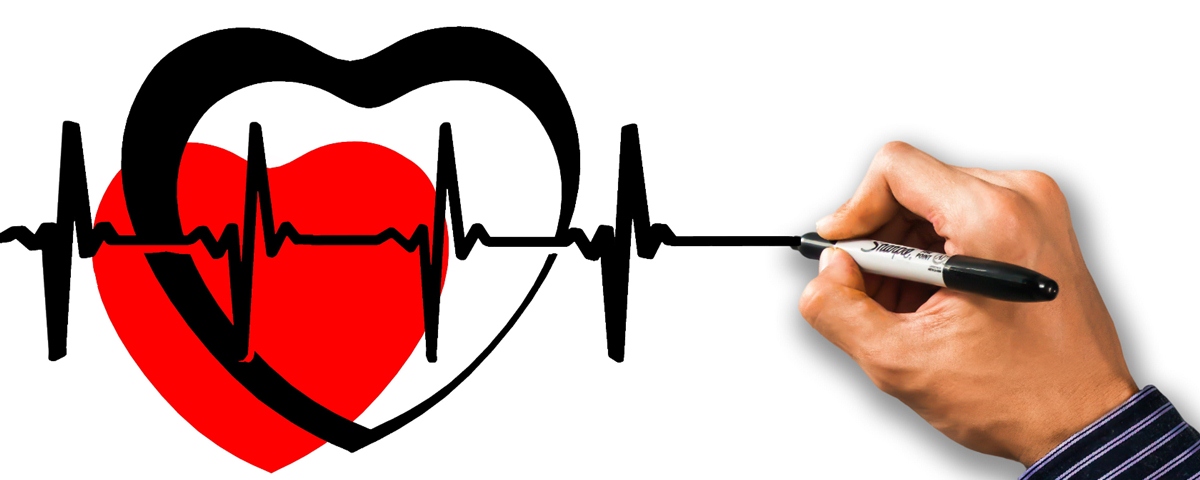
Tachycardia is an increased heartbeat, which goes over 100 beats per minute. The problem with a slow heartbeat is called bradycardia, and it is associated with a heartbeat lower than 50 beats per minute. A person can feel a thump, which is one extra beat of the heart. This is called an ectopic beat, and it is experienced once every 34 hours.
Supraventricular and ventricular are two types of tachycardia. Supraventricular tachycardia is caused by the rapid electrical activity in the upper chambers of the heart. This problem is associated with a heart rate in the region of 140 to 240 beats and dizziness, and it can last for several minutes, or it can be very brief.
When the abnormal electrical pathway receives the impulses sent from the sinus node, the problem called pre-existing syndrome is present. Ventricular tachycardia is not common as other types. This problem is associated with the heartbeat from 120 to 200 in the larger chambers, and it causes no change in the heartbeat change in the small chambers.
If this problem is present, a visit to the hospital is needed. Atrial fibrillation is associated with 400 beats per minute of the atria, while the heart rate of the ventricles is 280 beats. It affects the pumping of the heart and leads to loss of breath. The treatment is needed for this irregular heartbeat.
- Palpitations are a frequent symptom in the general population and one of the most common presentations to general practice. They are the second most common reason for primary healthcare referrals to cardiologists.
- The mechanisms responsible for the sensation of palpitations are incompletely understood. It has been suggested that the neural pathways responsible for the perception of the heartbeat include different structures located at the intracardiac and extracardiac levels. Palpitations usually reflect changes in cardiac rate, rhythm or contractility, and abnormal movement of the heart is felt within the chest. The patient may be perceiving the augmented post-extrasystoles beat as the ‘skipped’ beat rather than the premature beat itself in case of isolated extrasystoles.
- Most palpitations are of cardiac origin, followed by psychiatric and miscellaneous causes such as thyrotoxicosis, caffeine, medication-induced, anaemia, cocaine and amphetamine. In some cases, it is difficult to determine the cause of palpitations.
- Metabolic conditions that can result in palpitations include hyperthyroidism, hypoglycaemia, hypocalcaemia, hyperkalaemia, hypokalaemia, hypermagnesaemia, hypomagnesaemia and pheochromocytoma.
- Review of systems should cover symptoms of the causative disorder, including heat tolerance, weight loss and tremor (hyperthyroidism); chest pain and dyspnoea on exertion (cardiac ischemia); fatigue, weakness, heavy vaginal bleeding and dark tar-like stools (anaemia); and fatigue, excessive worry, irritability, difficulty in concentrating and sleep disturbances (anxiety disorder).
- The underlying cause of palpitations determines management. Precipitating drugs and substances are stopped. If a necessary therapeutic drug causes dangerous or debilitating arrhythmias, a different agent should be tried. All patients with palpitations associated with red flags might need urgent care by the primary care practitioner and urgent referral to a specialist.
- Patients presenting with life-threatening conditions at primary care facilities require immediate intervention and management to stabilise their condition and urgent referral to a higher level of care. Holter monitor, the portable ECG recording, is a useful tool for diagnosing the causes of occasional palpitations and underlying arrhythmias; it would be beneficial if it were made available in primary healthcare facilities. Anxiety disorders are a relatively common cause of palpitations in the modern medicine era, and screening of psychiatric aetiology of palpitation should be part of the assessment.
Symptoms and Treatment
The most common symptoms are disorientation, perspiration, chest pain, fainting, loss of breath, dizziness, and others. The symptoms are sometimes hard to notice. Cardioversion is a method used for treatment, and it involves electrical shocks. Another treatment is a pacemaker implant, along with catheter ablation therapy. Surgical defibrillator implantation is also a possibility.


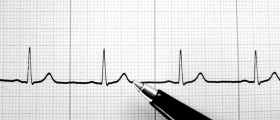
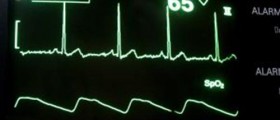
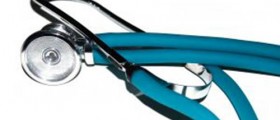
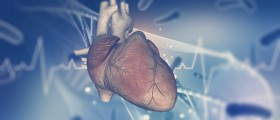

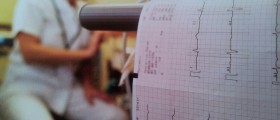
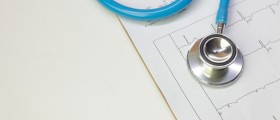

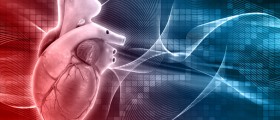
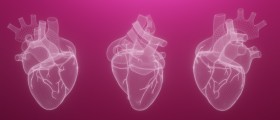



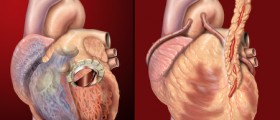
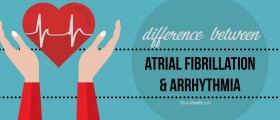
Your thoughts on this
Loading...